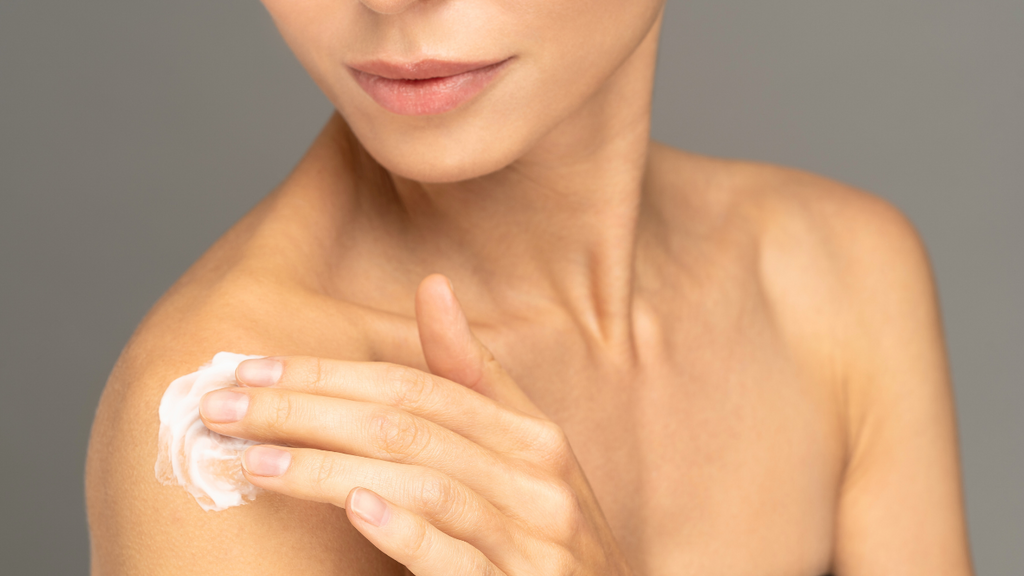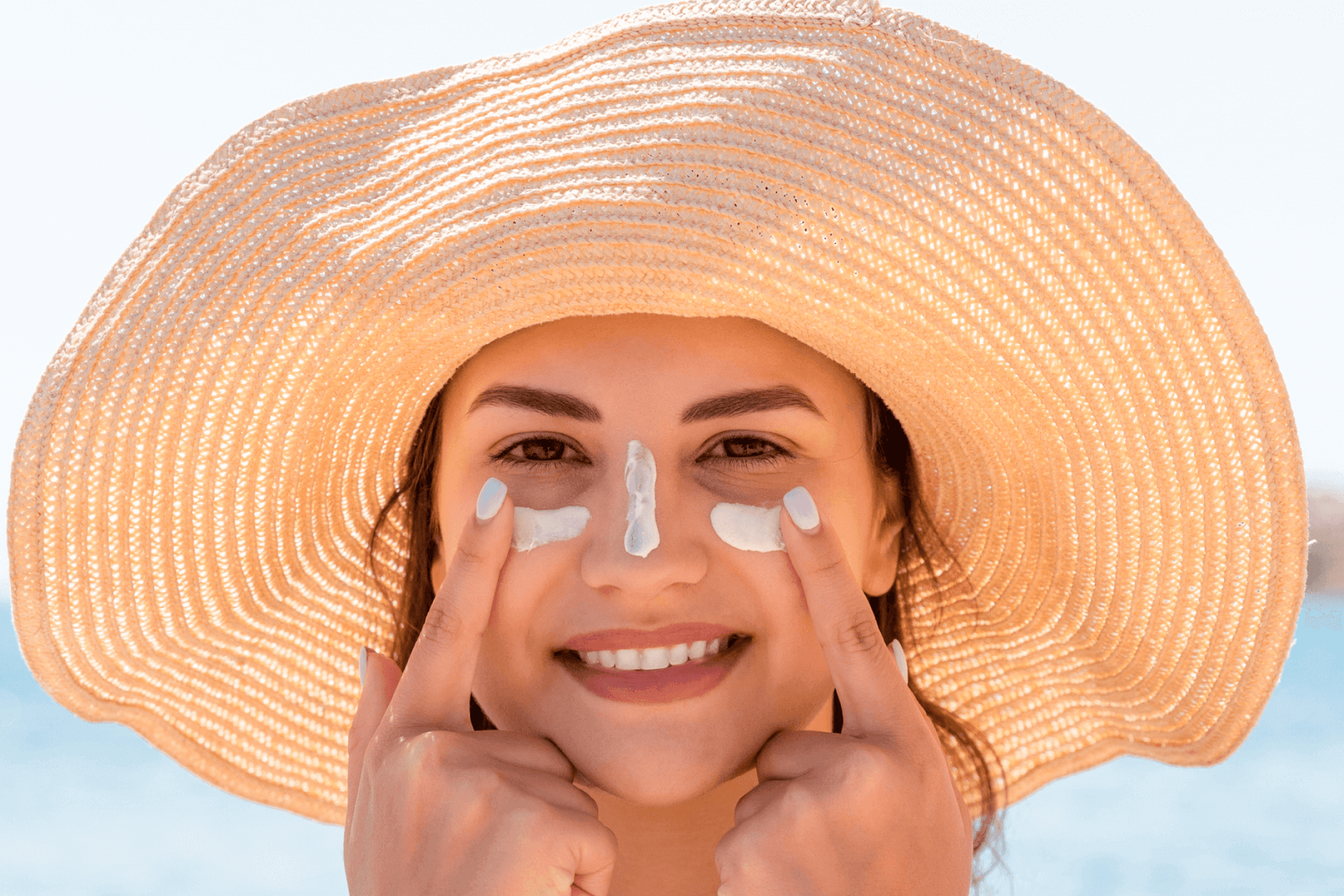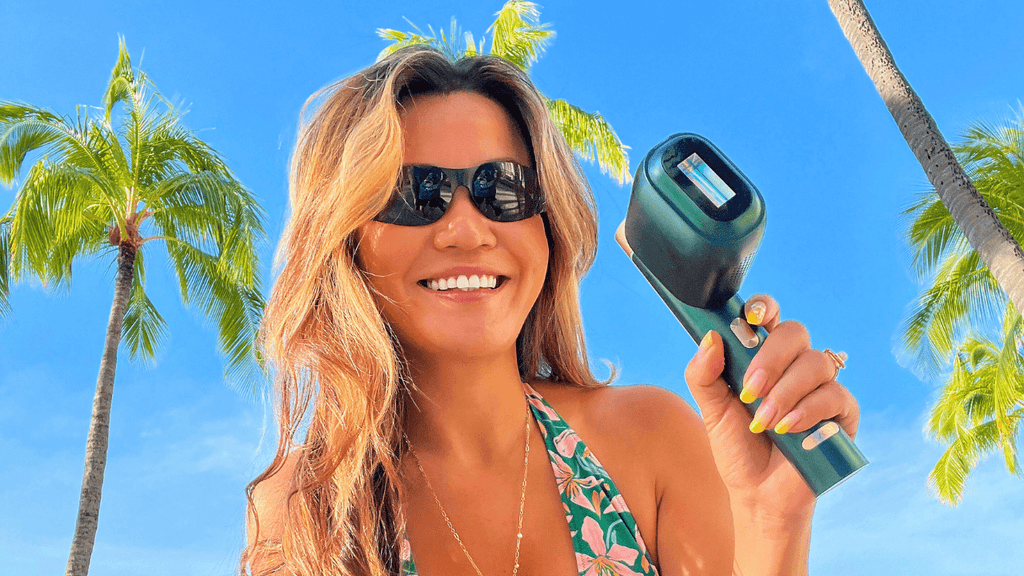As summer's intense sunshine beckons people outdoors, solar radiation exposure spikes to annual peaks. All that added ultraviolet (UV) exposure can ignite countless chemical reactions within unprotected skin. One common result includes sunspots—flat, darkened lesions that materialize on frequently sun-exposed skin after years of exposure add up. Although harmless initially, sunspots signal increased ageing, wrinkling, and skin cancer risks if left unchecked. Luckily, incorporating sun-safe habits and smart treatment can curb further spot development and fade existing ones.
What Are Sunspots and What Causes Them?
Sunspots on skin, known medically as solar lentigines, constitute small oval or irregularly shaped flat marks ranging from light brown to solid black. They typically manifest in the most sun-vulnerable areas like the face, hands, arms, shoulders, and neck—sites that consistently endure exposure episodes without sufficient safeguards. The cells inside sunspots on skin overproduce melanin, the pigment that gives skin its colour, in response to cumulative UV harm over time. These melanin-dense clusters create visible dark spots against surrounding lighter skin. Once formed, sunspots increase in size and abundance year after year, causing additional sun damage if preventative measures are not taken.

Health Risks Associated with Sunspots
While primarily an aesthetic nuisance early on, sunspots can ultimately signal heightened risks if left to multiply and deepen unchecked. Existing ones may darken and expand faster, covering expanding visible skin real estate. The number of lesions also increases more rapidly with additional UV exposure and inadequate skin protection. Bodily resources constantly funnelled toward melanin overproduction to bandage harm can exhaust over time as well.
Most critically, new sunspots cropping up after age 40, along with any sudden changes in the appearance of existing spots, might indicate sun damage, precancerous skin growths, or possible melanoma development. Catching and addressing abnormal skin changes early on vastly improves outcomes in these scenarios. Seeing your dermatologist promptly to analyze any transformed moles or suspicious new markings remains pivotal - early detection literally saves lives in skin cancer cases. Additionally, the various invasive cosmetic sunspot treatments that exist, like laser resurfacing and chemical peels, also carry their inherent infection and scarring risks, making prevention the wisest course forward.
Sunspots vs. Freckles: What's the Difference?
Because sunspots and freckles exhibit similar skin pigmentation and tendencies to emerge following UV overexposure episodes, many people confuse the two types of lesions. However, some distinct differences exist. Whereas freckles arise during childhood/adolescence thanks to genetic disposition, sunspots only start appearing later, after years of exposure damage have accumulated.
In terms of placement, freckles manifest in more random constellations centred on the cheeks, nose, shoulders, and arms. Sunspots cluster closer together in concentrated patches on the most sun-exposed zones, like the face, neck, and hands. They also tend to be darker than the light honey-brown of freckles.
Additionally, freckles constitute very small, smooth, dark spots with diffuse edges, while irregular, jagged borders surround most sunspots. Sunspots stand slightly elevated from the surrounding skin, whereas freckles appear flat. Lastly, sunscreens and concealers easily hide freckles successfully but prove less effective in masking darker, textured sunspots.
How to get rid off sunspots
Once sunspots emerge, addressing both skin repair and preventing further damage remains key. Start wearing sunscreen religiously, choosing broad-spectrum SPF 30+ formulas with zinc oxide and titanium dioxide rather than chemical UV blockers, which can irritate sensitive complexions and penetrate bloodstreams over time with systemic absorption. Cover all exposed skin whenever heading into sunlight. Wear wide-brim hats and UV-blocking gloves for driving, and seek shade during peak intensity hours.
Preventing Sunspots: Tips and Best Practices
Guarding against new sunspots dropping remains easier than treating existing ones. Follow these simple tips religiously to curb additional skin damage cumulatively:

Choose Broad-Spectrum Sunscreens
Lather water-resistant SPF 30+ sunscreen over all exposed skin 20 minutes before heading out, reapplying every 80 minutes outside after that. Seek mineral formulas with zinc oxide and titanium dioxide for daily use over chemical blends using oxybenzone or avobenzone. Over time, these can prompt contact dermatitis reactions and permeate deeper systemically.
Wear Sun-Protective Gear
Cover up with tightly woven lightweight fabrics boasting UPF ratings. Seek UV-blocking Bucket hats, driving gloves, rash guards and sunglasses. UV face shields worn with hats provide 360-degree facial protection for those extremely susceptible to precancers and hyperpigmentation, like lupus patients.
Shade Strategically
Plan outdoor activities before 10 a.m. and after 4 p.m., when UV rays are less intense. Seek shaded structures while gardening, walking, or picnicking. Sitting under shade trees blocks just half of the UV exposure, so also wear brimmed hats, protective clothing, and zinc sunscreens.
Eat Sun-Defensive Foods
Filling your plate with antioxidant-rich, deeply hued produce like berries and leafy greens helps neutralize cellular free radical damage from solar and environmental radiation. Green tea, dark chocolate, tomatoes, omega oils, and vitamin D supplements further equip internal defense systems.
Benefits of Proven Sun Spot Prevention Techniques
Employing comprehensive sun protection strategies has clearly demonstrated effectiveness in preventing new sunspots and fading existing ones over time. A 2010 double-masked study published in the Archives of Dermatology followed participants over six months who applied broad-spectrum SPF 30 sunscreen to their entire bodies daily. The sunscreen group showed visibly fewer sunspots after six months compared to the control group using placebo cream with no UV protective ingredients. The study evidenced that diligent water-resistant sunscreen application blocks the UV rays that trigger excess melanin production in sunspots.
Scientific Backing for Recommended Practices
Current scientific research validates core practices recommended to minimize sunspot proliferation and reduce existing ones. A 2008 study in Journal of the American Academy of Dermatology validated that topical antioxidants like vitamin C serum help prevent and repair solar damage. Antioxidants neutralize free radicals generated by radiation that break down collagen, elastin, and cellular DNA, preserving youthful skin integrity.
Additionally, a meta-analysis in the Journal of Dermatological Treatment consolidated findings from over 200 past observational studies showing that individuals who eat diets rich in antioxidants like berries, leafy greens, and omega-3 fatty acids show significantly fewer fine lines, wrinkles, precancerous lesions, and benign pigmented spots as they age.
Conclusion
Preventing sunspots and further UV damage proves far easier than attempting to reverse extensive harm afterwards. Make sun-consciousness second nature by incorporating vigilant SPF use, protective coverups, strategic sunlight avoidance, antioxidant-rich diets and topicals, and consistent skin self-checks and professional inspections into everyday habits. Guard yourself proactively against preventable exposure harms so your skin stays perpetually clear and youthful for years ahead. The effort invested now pays long-term dividends through sustained skin health, averting cumulative sun burdens later on.









